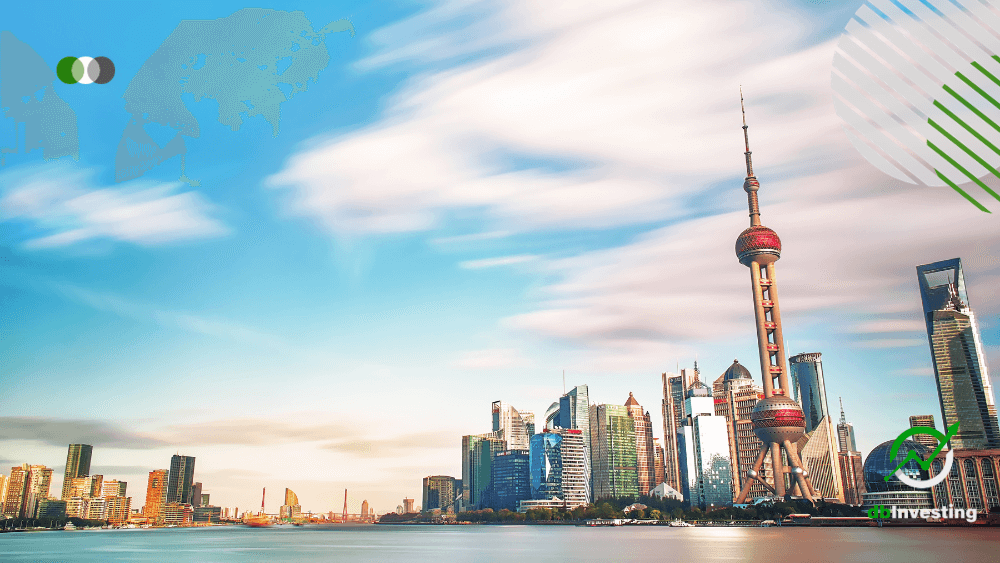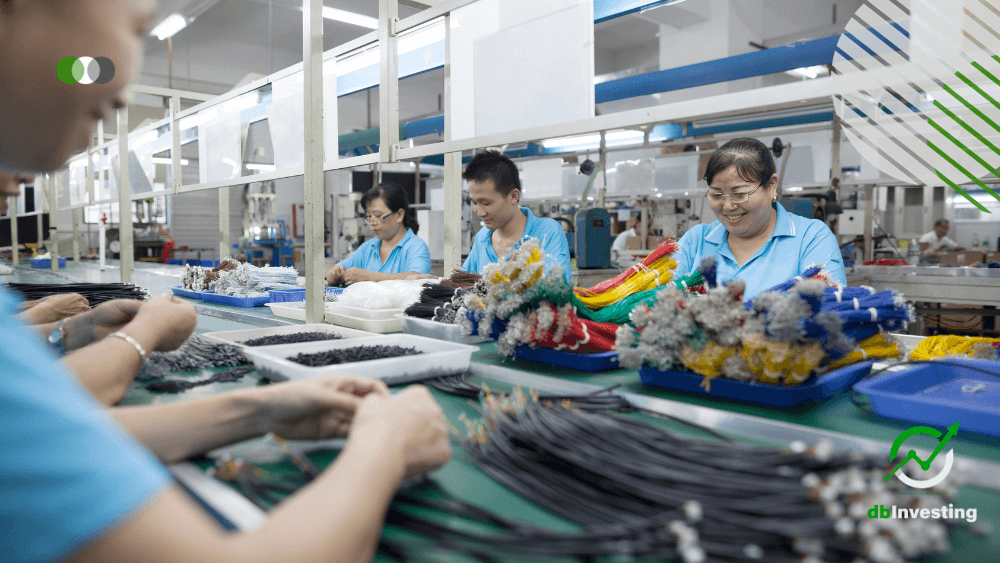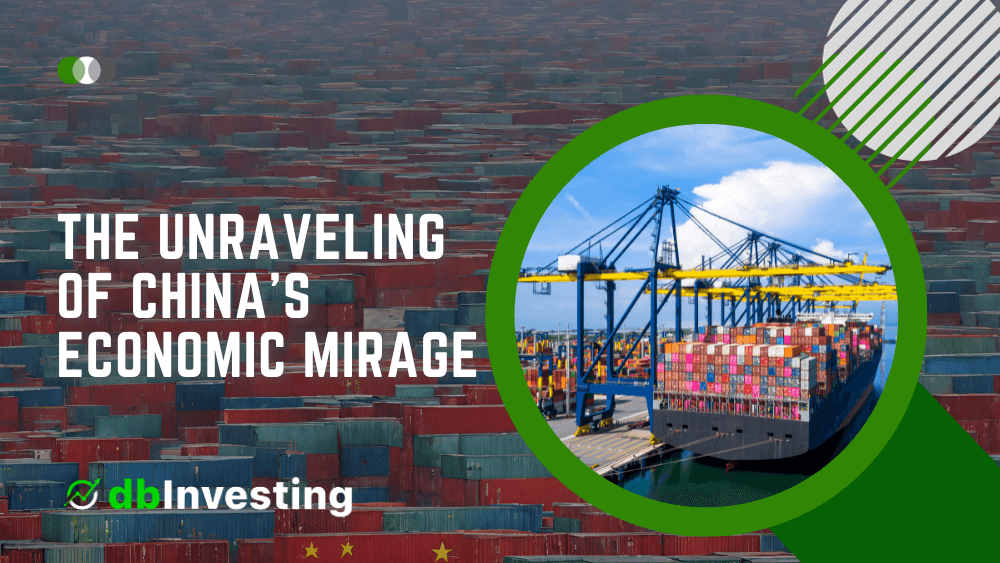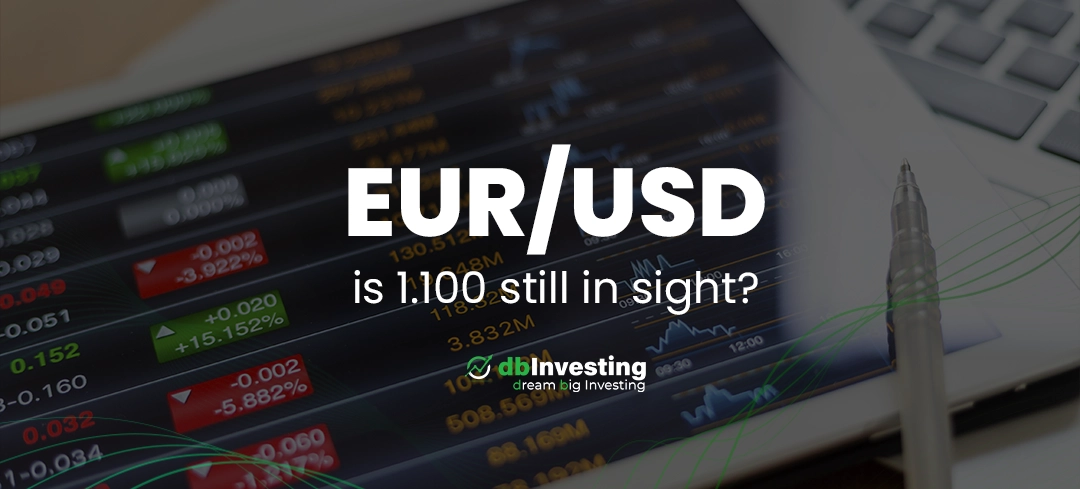In recent decades, China’s economy has exhibited steady growth, prompting some to champion the nation as a counterpoint and potential solution to the challenges of liberal economics and politics. This assertion appeared credible as China surged ahead under an autocratic and economically statist system while the United States, a symbol of Western democracy, grappled with economic and political stagnation.
This sharp contrast between the Chinese and American systems and their divergent performances raised questions about the efficacy of the Western model of free markets and liberal democracy. Some observers, including economist Keyu Jin, even argued that China’s economic success might offer an alternative playbook, showcasing the combination of statism, Confucianism, and private sector efficiency.
As China consistently maintained a remarkable annual growth rate of nine percent, conventional economic principles like market finance, the rule of law, and property rights came under scrutiny. It seemed conceivable that these Western concepts were unnecessary and perhaps even undesirable in the context of Chinese culture.

However, these arguments have lost credibility in recent times as China’s growth has decelerated, and capital has started to flow out of the country in search of safer havens. In just one month, August, capital outflows reached a staggering $49 billion. Chinese capitalists themselves are departing, driven by concerns for their safety and the security of their assets.
This period of increased statism under Chinese President Xi Jinping has coincided with a significant decline in the country’s economic performance, underscoring the adverse impact of a more interventionist government. Contrary to the prevailing belief, it is now evident that economic statism is not the savior of the Chinese economy but rather an existential threat to it.
Many have attempted to portray China as a poster child for statism, but in reality, the nation’s economic success had little to do with such policies. The turning point came in 1978 when Chinese leader Deng Xiaoping initiated a series of economic reforms that were fundamentally conventional.
These reforms included gradually opening up the Chinese market to the world, fostering greater entrepreneurship, reducing government price controls, and privatizing state-owned industries. Collectively, these changes reduced the state’s influence. Instead of China’s growth being a testament to the expanding role of the state compared to the market, it was quite the opposite.

This is evident when examining the first phase of significant Chinese growth in the 1980s, which was driven by small-scale rural entrepreneurship. Millions of entrepreneurs from modest backgrounds established factories, flooding China with consumer goods, construction materials, food, and labor-intensive products. Deng himself acknowledged that the success of the rural economy was an unexpected development that the Chinese Communist Party played no direct role in creating.
The Chinese state, by endorsing or simply not obstructing this bottom-up surge in rural entrepreneurship, facilitated this economic expansion. The crucial point here is that the Chinese economy flourished because the government stepped back, not because it intervened.
An examination of different Chinese regions reinforces this perspective. The regions that have achieved the most robust economic performance since 1978, such as Guangdong and Zhejiang, have been the most market-oriented and faced the least state interference. Conversely, regions where the state has intervened more heavily, such as China’s northeast, grapple with high debt levels and lower growth rates.
Traditional economic theory posits that strong property rights are essential for fostering economic growth, yet China has never truly had robust property rights. However, in 1979, the Chinese government released capitalists who had been imprisoned during the Cultural Revolution and returned their confiscated assets, including bank deposits, bonds, gold, and private homes.
This move signaled a shift away from Maoist totalitarianism under Deng, instilling confidence and security among Chinese entrepreneurs.
Unfortunately, under Xi’s leadership, this trend has reversed. Chinese capitalists are once again being marginalized, harassed, sidelined, and arrested. An extreme example occurred in July 2021 when Sun Dawu, an agriculture billionaire, was sentenced to 18 years in prison, ostensibly for land regulation violations but in reality for his outspoken views.
China is regressing, moving away from Deng’s reforms and towards a more repressive era, a concerning development not lost on Chinese entrepreneurs who are now hesitant to invest and are seeking to move their capital overseas. Beijing is paying the price for its failure to uphold the rule of law, and the Chinese people are bearing the brunt of these economic missteps.

Hong Kong has always been an anomaly in this context. From the handover of British rule in 1997 until the enactment of the National Security Law in 2020, the city preserved property rights, a free press, and the rule of law. Recognizing the favorable business environment, many high-tech Chinese firms established themselves in Hong Kong.
Hong Kong’s advanced capital market, along with access to global capital, funded the early stages of Chinese high-tech startups in the 1990s. This globalization story, attributed to China’s open-door policy, foreign capital expertise, and Chinese entrepreneurial drive, exemplified the forces that propelled China’s high-tech economy.
These same forces, liberalization and globalization, were responsible for both the rural miracle of the 1980s and the subsequent growth in the high-tech sector. Statist finance, which erodes Hong Kong’s autonomy, coupled with a retreat from globalization, poses a threat to Chinese entrepreneurship and the country’s growth engine.
While statism played a role in constructing China’s impressive infrastructure, it is vital to recognize that China’s economy took off well before the massive infrastructure expansion. Major infrastructure projects, such as the construction of highways, occurred in two waves, one in the late 1990s and another after 2008.
In essence, China invested in infrastructure after over two decades of rapid growth. Growth generated savings, increased government revenues, and elevated land values, allowing for state-funded projects. Therefore, it was growth that gave rise to statism, not the other way around.
The excessive focus on infrastructure poses a threat to China’s future economic prospects. Constantly building roads, railways, and ports has plunged China into precarious debt levels, leading to a prioritization of physical infrastructure at the expense of rural education and healthcare.
This prioritization has already had detrimental consequences, as evidenced by the inadequacy of China’s basic rural healthcare system during the COVID-19 pandemic, causing severe and possibly long-lasting damage to the Chinese economy.
China has also underinvested in its human capital relative to its population size. Among middle-income nations, China has the lowest percentage of high school graduates in its workforce, as Stanford University research reveals.
As economic growth slows, there is a growing risk that the Chinese economy may stagnate. If this poor economic performance persists, the blame will fall squarely on China’s brand of statism.
Chinese success is not a result of laissez-faire capitalism but rather a consequence of gradual and pragmatic liberalization. Regrettably, this spirit of pragmatism has waned in China since 2013. The Chinese government has adopted a more statist approach to economic growth while simultaneously emphasizing national security at the expense of the private sector.
This shift represents a betrayal of the formula that had previously fueled China’s success, and the economy is now paying the price. Ultimately, it is the Chinese people who will suffer as long as their government continues to make misguided economic decisions.



